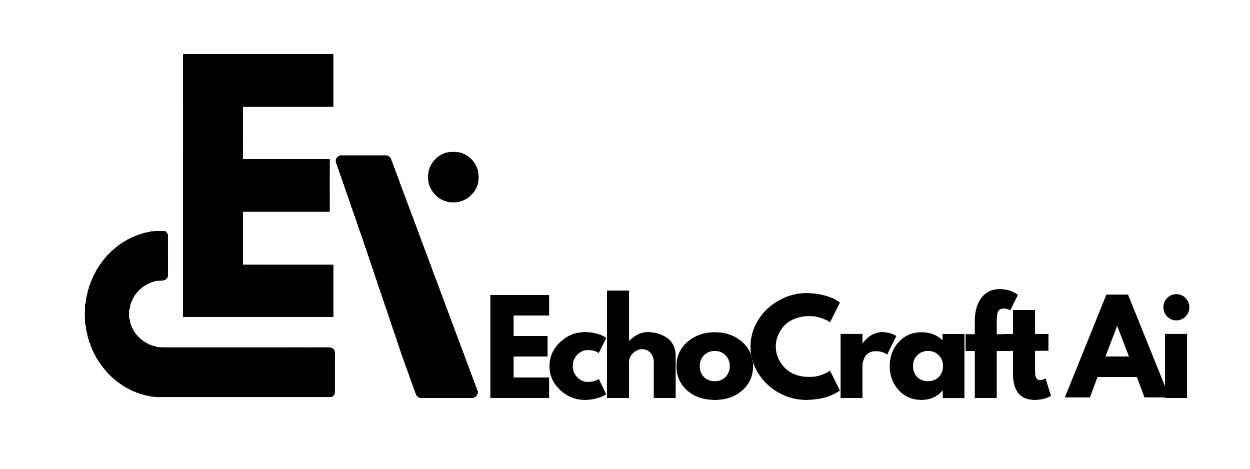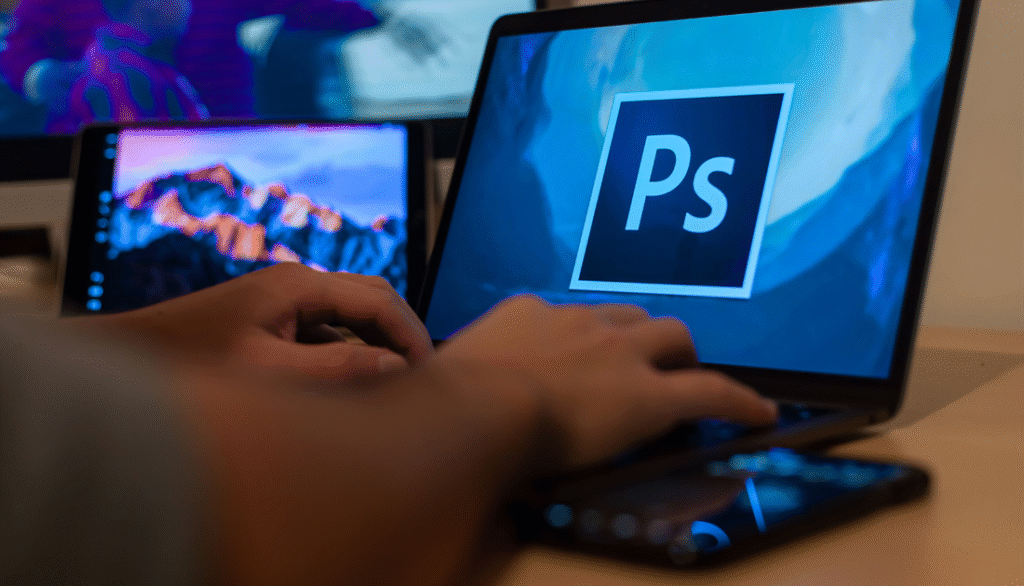Adobe is expanding its suite of AI tools in Photoshop with the introduction of three new features: Generative Upscale, Harmonize (formerly Project Perfect Blend), and an enhanced object removal tool.
Highlights
- Generative Upscale: Enhances low-res images up to 8MP, ideal for restoring old photos or preparing assets for high-resolution outputs.
- Harmonize (Project Perfect Blend): Automatically matches color, lighting, and shadows of inserted objects to blend them naturally into the scene.
- Upgraded Object Removal: Produces more accurate, cleaner removals while preserving background details—minimizing distortion and artifacts.
- Model Selection Control: Users can now choose specific Firefly model versions for consistent results across different editing sessions.
- Team-Based Workflow Support: New improvements enhance collaborative editing and asset management for design teams and agencies.
Built using Adobe’s proprietary Firefly models, these tools are designed to simplify complex editing workflows and improve the realism of final compositions.
All three features are currently available in beta for both desktop and web versions of Photoshop, with Harmonize also rolling out to iOS users via Adobe’s early access program. Together, they mark Adobe’s continued focus on bringing intelligent automation into everyday creative processes.
Generative Upscale
The Generative Upscale tool allows users to enhance low-resolution images up to 8 megapixels. This is particularly useful for restoring old photos or converting web assets into print-ready files without introducing noticeable artifacts.
According to early reviews from outlets like Digital Camera World, the tool performs especially well on portraits and archival content—preserving textures and improving clarity in a natural-looking way.
For photographers, marketers, and archivists managing legacy assets, this feature provides a practical way to improve image quality with minimal manual intervention.
Harmonize
Originally introduced in 2024 as “Project Perfect Blend,” the Harmonize feature automatically adjusts the color, lighting, and shadows of inserted objects to match the surrounding scene.
It also removes backgrounds and integrates the object more seamlessly into the composition. For example, placing a new chair in a room or adding a product to a promotional graphic can now be done without extensive manual blending.
Coverage from outlets like The Verge highlights the impact of this addition, noting how Harmonize addresses a long-standing challenge for creators: achieving natural integration when compositing elements from different sources.
By automating these adjustments, the tool reduces friction and enables more intuitive editing—even for less experienced users.
Improved Object Removal
Photoshop’s object removal tool has also been upgraded for more accurate and context-aware editing.
While earlier versions relied heavily on generative fill—which sometimes introduced visual artifacts—the updated algorithm focuses more precisely on removing the selected object while preserving the surrounding environment.
In a demonstration shared with TechCrunch, Adobe’s Photoshop product lead Joel Baer showed how the new version could remove a bowl of Pico de Gallo cleanly, compared to an earlier attempt that replaced it with a distracting green blob.
This refinement provides users with more reliable results for cleaning up images without compromising background integrity.
Workflow Improvements and Model Control
Beyond the headline tools, Adobe has introduced workflow enhancements to support team-based editing and asset management. Photoshop now allows users to select which version of the Firefly model powers their AI tools, offering more consistency in style and behavior across edits.
This change gives professionals greater control when working on projects that demand repeatable or specific visual results. In collaborative settings, managing shared assets and maintaining stylistic alignment becomes easier.
Creative Community Reactions
Early adopters from creative forums, including Reddit’s r/editors, have shared real-world use cases where these AI features are already making a difference.
One user, for example, described using a generated “white” sheet of paper in an image to white-balance footage in Adobe Premiere—a workaround that produced effective results with minimal effort.
Overall, users cite benefits,
- Quick cleanup of distracting objects
- Seamless stylistic adjustments without switching between tools
- Faster experimentation and iteration
These responses reflect how AI features are evolving from novelty to utility—streamlining tasks that once required expert-level manual editing.
“We have talked to photographers, designers, and content creators to understand what are the pain points in their workflows and what slows them down,” said Shambhavi Kadam, Senior Director of Product Management for Photoshop.


